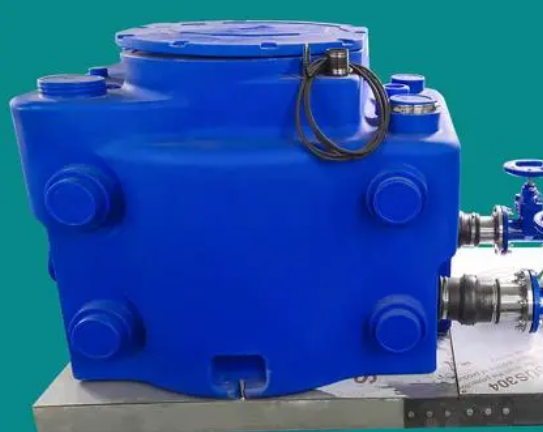Specifications and functions of the water collecting tank of the sewage lift
The water collecting tank of the sewage lift is its key component, and its specifications and functions have an important impact on the overall performance of the equipment. The following is a detailed analysis of the specifications and functions of the sewage lift water collecting tank:
1. Specifications
The specifications of the sewage lift water collecting tank vary depending on the brand, model and application scenario. Generally speaking, the specifications of the water collecting tank include its volume, material, size and other parameters.
Volume: The volume of the water collecting tank directly affects the amount of sewage it can collect and temporarily store. Common water collecting tank volumes include 55L, 100L, 180L and other specifications. The specific selection needs to be determined based on the actual drainage volume.
Material: The material of the water collecting tank is mostly corrosion-resistant and aging-resistant materials, such as 304 stainless steel. This material not only has good mechanical properties, but also can effectively prevent sewage from eroding the water collecting tank and extend its service life.
Size: The size of the water collecting tank will vary depending on the volume, but it is usually designed as a compact, space-saving structure to facilitate installation and use in limited space.
2. Function
The function of the sewage lifting tank is mainly reflected in the following aspects:
Collecting sewage: The water collecting tank is a component used to collect sewage in the sewage lifting system. It can collect sewage from different drainage points and provide conditions for subsequent sewage lifting treatment.
Regulating water volume: The water collecting tank can also play a role in regulating the imbalance between the incoming water volume and the pumping volume. When the incoming water volume is greater than the pumping volume, the water collecting tank can temporarily store excess sewage; when the incoming water volume is less than the pumping volume, the sewage in the water collecting tank can be lifted and treated in time, thereby avoiding frequent starting and stopping of the water pump and extending its service life.
Isolating odor: The water collecting tank usually adopts a closed design, which can effectively isolate the odor generated by sewage and avoid its pollution to the surrounding environment. This is of great significance for improving the comfort of the living environment.
Protecting soil: As one of the core components of the sewage lifting system, the water collecting tank's airtightness and corrosion resistance can prevent sewage from eroding and polluting the soil and protect groundwater resources and the ecological environment.
Support and fixation: The water collecting tank is also a support and fixing platform for equipment such as sewage lifting pumps. It can integrate water pumps, controllers and other components to form a compact and stable system that is easy to install and maintain.
The water collection tank of the sewage lift plays a vital role in the sewage lifting system. Its reasonable specification design and excellent performance characteristics are of great significance to ensure the stable operation of the system and extend the service life of the equipment.





